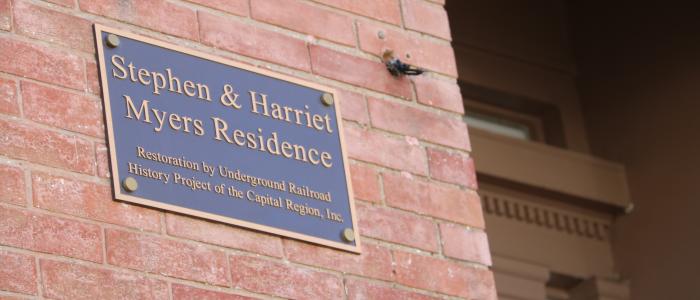
Written by Paul Stewart, Independent Researcher and Co-founder Underground Railroad Education Center
By now most people have heard that in 1865 General Granger issued General Order Number 3 in Galveston, Texas providing word to the enslaved and the enslavers that the emancipation proclamation had freed all the enslaved in areas in rebellion in 1863. But New Yorker’s have a peculiar relationship to this Jubilee Day. New York has not always celebrated it and in fact celebrated other days for the “end of slavery” for many years.
New York’s first celebration of the end of slavery came when New York State ended slavery. After July 4th, 1827 the state government declared that no New York resident could own another. This was celebrated by the enslaved in New York. It is said that as many as 10,000 enabled New Yorkers were set free on that day! [We have a chance to celebrate this achievement again in 2027 for its 200th anniversary!] There were celebrations, rallies and marches all around the state. In Albany a celebration was held at the African Baptist Church on lower Hamilton street and Rev. Nathaniel Paul denounced enslavement as a “monster” that had been defeated.
Then around 1835 New Yorkers began to celebrate on a different day. July 5th was still important but August 1st became Emancipation Day as the British gave up enslavement in its territories in North America and the Caribbean. Jamaica and the Bahamas and Canada became places of refuge for people escaping enslavement in the United States. The Underground Railroad emerged as the network to help those escaping. People such as Stephen Myers, Frederick Douglass and Harriet Tubman became noted for the heroism.
In September 1862, President Lincoln made public a draft of the Emancipation Proclamation and it was stated that it would take effect January 1st, 1863. This proclamation declared that people in areas in rebellion would receive their freedom. This was a move calculated to undermine the capacity of the Confederacy to conduct the war of rebellion. It meant that throughout the south enslaved people were actually declared free though as a practical matter they would be free when Union troops reached what ever area they were in. The proclamation had no effect on several border states that had not seceded.
Finally, in April of 1865 General Lee surrendered to Union forces signaling the end of the Rebellion against the Union. Slavery was vanquished but people in an area such as Texas – which was remote from most of the fighting - did not hear of this until later. The Confederate army of the “trans-Mississippi” did not surrender until June 2nd and General Granger did not issue his order until June 19th. Enslavement in the border states that had not rebelled continued until the 13th Amendment was passed in December 1865. New Yorkers did not celebrate Juneteenth in any official capacity until years later. In fact Albany did not celebrate Juneteenth until approximately 2005 when Texan Joe Cavazos, a city employee, asked the city to issue a proclamation for Juneteenth and in the following years celebrations were sponsored by the City.
Albany has now celebrated Juneteenth for many years. Neighboring cities such as Schenectady have done so as well. It is a celebration that marks the end of enslavement though even in that day the real end was in December 1865. Nonetheless Juneteenth stands as a symbol of the end of slavery and is an important cultural celebration for African Americans across the country.
Celebrate Juneteenth through the many celebrations being held around our region. On June 18th Underground Railroad Education Center will hold an open house at the Stephen and Harriet Myers Residence at 194 Livingston Avenue. Teens from the Young Abolitionists Leadership Institute will provide food, education and entertainment for visitors. The African American Cultural Center will hold a celebration at Madison and South Pearl Streets with food, vendors and entertainment. Other historic sites in the area will also have appropriate offerings. Celebrate the holiday by taking part in one or more of these festivities.






